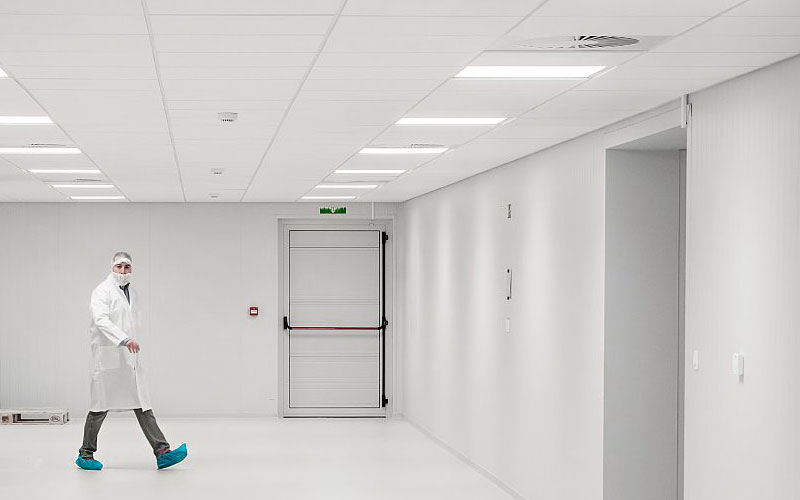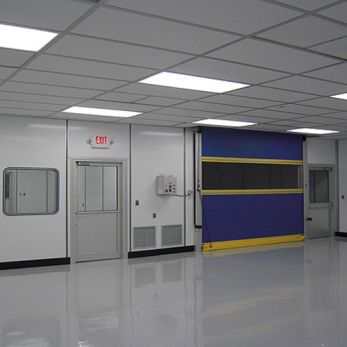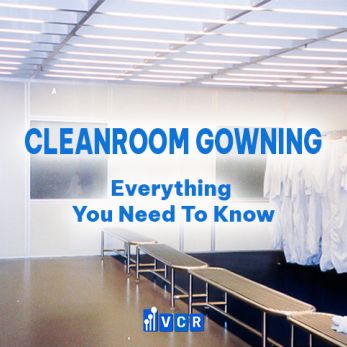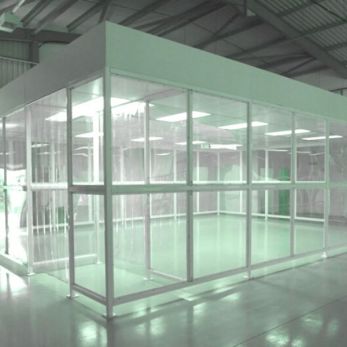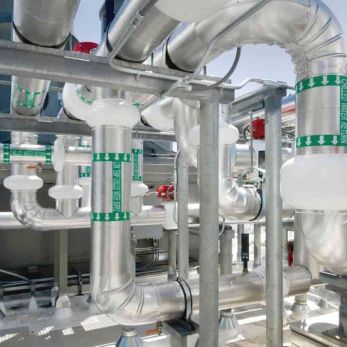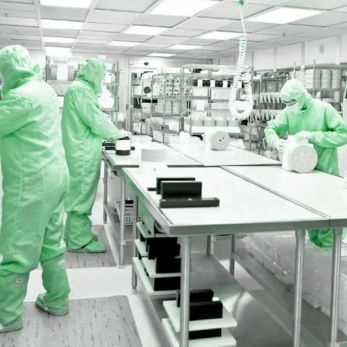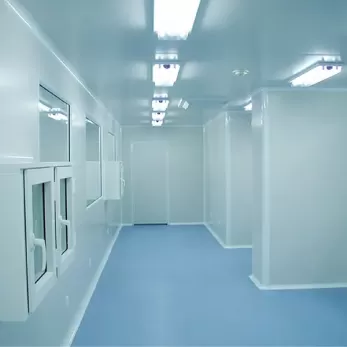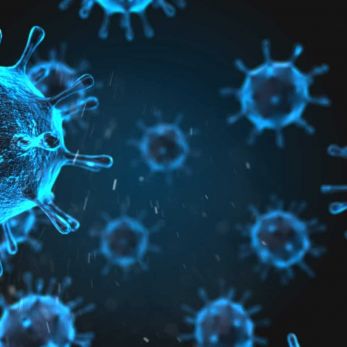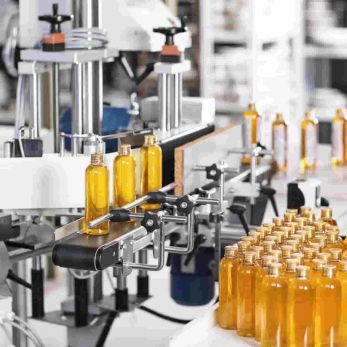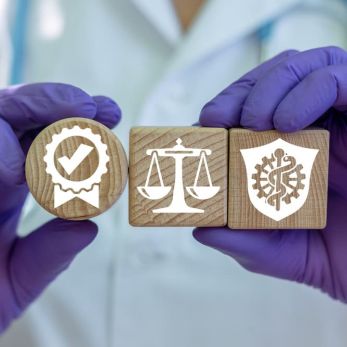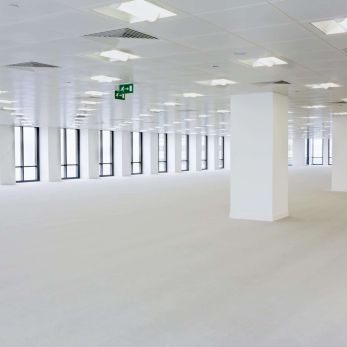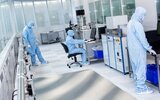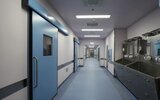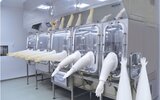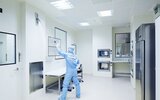Technical parameters of cleanroom
In general, the technical parameters of cleanroom engineering mainly include: The number of air changes: 10-15 times/hour for 100,000 grades; 15-25 times/hour for 10, 1000 grades; The wind speed of the 100-level console section: 0.25-0.35m/s. Pressure
In general, the technical parameters of cleanroom engineering mainly include:
The number of air changes: 10-15 times/hour for 100,000 grades; 15-25 times/hour for 10, 1000 grades;
The wind speed of the 100-level console section: 0.25-0.35m/s.
Pressure difference: the main workshop to the adjacent room ≥ 5Pa.
Temperature: Winter>16℃±2℃; Summer<26℃±2℃;
Relative humidity: 45-65% (RH); noise ≤ 65dB (A); fresh air supply: 20%-30% of the total air
Illumination: ≥300Lux.
The following introduces the basic parameters and special parameters of cleanroom
1. Cleanliness
Cleanliness is an important and basic technical indicator of a cleanroom. Its unit is: the number of particles with particle size not less than a certain size in a unit volume of air. In particular, the microelectronics industry has higher requirements for clean rooms.
2. Microbial concentration
Microbial concentration is another important technical indicator of cleanroom. The unit is the number of microorganisms per unit volume of air. The bioengineering industry has higher requirements for microbial concentration, followed by the medical, pharmaceutical, food, beverage, cosmetics, and other industries. Microorganisms in the air are part of the air particles, to be precise, the more harmful part. Usually measured is the concentration of bacteria in the air.
3. Temperature
Temperature is a basic working condition, and almost all cleanrooms have clear requirements for temperature. Temperature will affect the size of the implant, thereby affecting the degree of processing, thus affecting the degree of processing, so precision machining has very strict requirements on temperature. The temperature will affect the parameters of the instrument, resulting in measurement errors, so precision measuring instruments have higher requirements for temperature.
4. Humidity
Humidity is also a basic working condition, and almost all cleanrooms have clear requirements for humidity. Excessive humidity will cause chemical reactions of many substances, thereby affecting the quality of products, and even causing equipment failure and product scrapping. If the humidity is too low, many substances will be dehydrated and deformed, and their original functions will be lost.
5. Wind speed and volume
Sufficient wind speed and air volume are the guarantees of cleanliness. Excessive wind speed and air volume not only waste energy but also sometimes affect normal work.
6. Air pressure and differential pressure
Normal air pressure is the basic condition for normal work. The necessary differential pressure is the means to control the direction of the leak. In order to ensure the cleanliness of the cleanroom of the microelectronics industry, the air of low cleanliness is not allowed to leak to the areas of high cleanliness. The virus laboratory or infectious disease room does not allow indoor air to leak to the outside.
7. Noise
Excessive noise will not only affect normal work but also affect the health of personnel. Noise reduction is a basic requirement for cleanliness.
8. Illumination
Proper illumination is a necessary condition for normal operation.
2. Special parameters
1. Vibration
The vibration will affect the stability of the instrument and equipment, thus affecting the accuracy of the instrument, and also affecting the processing degree of the equipment, so some clean rooms need to control the vibration.
2. Static electricity
Static electricity has many hazards, and it is particularly easy to damage microelectronic components. Therefore, the microelectronics industry takes corresponding protective measures to prevent the generation of static electricity or to enable the generated static electricity to leak in time to reduce the loss caused by static electricity to the electronics industry.
3. Harmful gas concentration
There are many types of harmful gases, some of which will damage human health, and some will affect product quality and product qualification rate, so cleanliness needs to control the concentration of harmful gases.
4. Radiation intensity
Radiation such as X-rays, Y-rays, and electromagnetic waves can cause great damage to the human body, and sometimes damage to production equipment or products.






